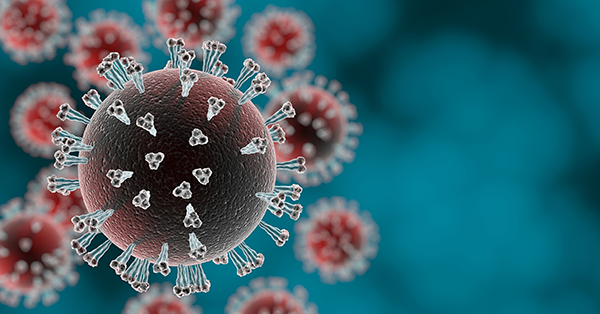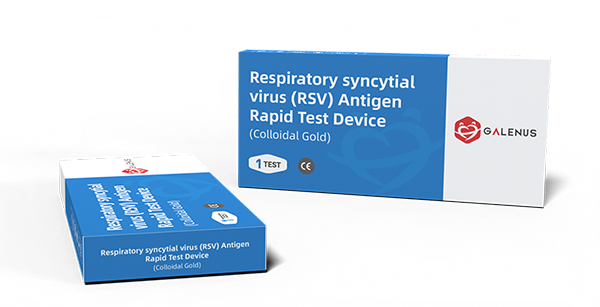Follow our latest developments
Respiratory syncytial virus (RSV) is the leading pathogen of lower respiratory tract infection in infants and young children worldwide, causing 33 million infections in children under 5 years old each year, including 3.6 million hospitalizations and 26,300 deaths (2019 data). The distribution characteristics of high-incidence areas are as follows:
Tropical regions: Infection rates rise during the rainy season in Southeast Asia and Africa. Low- and middle-income countries account for 97% of RSV-related deaths worldwide, and a lack of medical resources exacerbates the risk of transmission.

Susceptible population and health hazards
High-risk groups:
Infants and young children: 80% of infants under 6 months old were hospitalized, and 20% of severe cases required mechanical ventilation;
Patients with chronic diseases: The risk of pneumonia after infection in patients with COPD exceeds 50%, and the mortality rate of children with congenital heart disease is 2 times higher than that of healthy children;
Immunodeficient people: The mortality rate of cancer patients after infection is as high as 10%-15%, which is significantly higher than that of the general population.
Health hazards:
Acute injury: RSV infection causes bronchiolitis and pneumonia in 70% of cases, and the average duration of hospitalization is 7-10 days.
Long-term sequelae: Repeated infections increase the risk of asthma in children by 30%, and damage to lung function may persist into adulthood.

Indirect transmission via contaminants: The virus can survive on hard surfaces (such as toys and door handles) for several hours and be transmitted through contaminated objects.
Comparison of detection technologies and core advantages of colloidal gold method
Detection method |
Sensitivity |
Specificity |
Detection time |
Applicable scenarios |
Colloidal gold method |
85%-90% |
95% |
10-15 minutes |
On-site screening and rapid response to outbreaks |
ELISA |
85%-90% |
98% |
2-4 hours |
Routine laboratory testing |
PCR |
90% |
99% |
4-6 hours |
Laboratory typing and accurate diagnosis |
Virus culture |
50%-60% |
100% |
7-14 days |
Scientific research/special classification requirements |
Advantages of Colloidal Gold Method:
Instantaneity: Results are available in 15 minutes, suitable for rapid triage in outpatient and emergency departments, and seize the 48-hour golden treatment period;
Convenience: Direct testing with nasopharyngeal swabs or stool samples, which parents can complete at home;
Scenario Adaptation: Covering family self-examination, screening in childcare institutions, and large-scale testing in primary hospitals;
Cost-effectiveness: The cost of a single test is only 1/15 of that of PCR, making it suitable for promotion in resource-poor areas.

Galenus Medical's Respiratory syncytial virus (RSV) Antigen Rapid Test Device is designed based on the double antibody sandwich method. The colloidal gold-labeled antibody captures the viral antigen and the test is completed within 10 minutes. It is stable and fast.
It can be used in pediatric outpatient and emergency departments to quickly distinguish RSV from bacterial infections and reduce the abuse of antibiotics (the misuse rate of antimicrobial drugs has dropped by 30%); family self-examination, parents can screen infants and young children for infection at home to reduce the risk of cross-transmission (the transmission rate within the family has dropped by 50%); public health monitoring, the coverage rate of low-cost screening in rural areas has increased to 80%, shortening the epidemic response cycle; large-scale screening, adapted to the outbreak scenario.